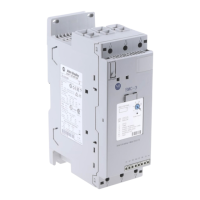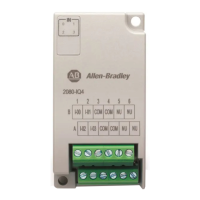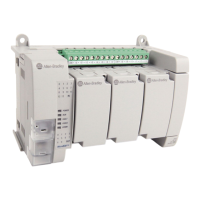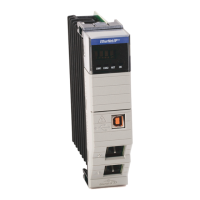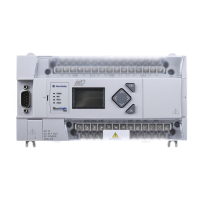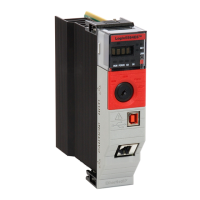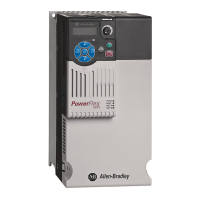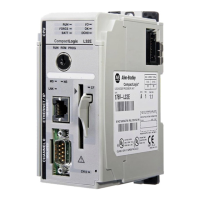88 Rockwell Automation Publication ICSTT-RM406J-EN-P - February 2021
I/O module A collation of interfaces for field sensors (inputs) or final elements (outputs),
arranged in a self-contained and standardized physical form factor.
IEC 61000 A series of international standards giving test and measurement techniques
for electromagnetic compatibility.
IEC 61131 An international standard defining programming languages, electrical
parameters and environmental conditions for programmable logic controllers.
Part 3, which is entitled 'Programming Languages', defines several limited
variability languages.
IEC 61508 An international standard for functional safety, encompassing electrical,
electronic and programmable electronic systems; hardware and software
aspects.
IEC 61511 An international standard for functional safety and safety instrumented
systems (SIS) for the process industry, encompassing electrical, electronic and
programmable electronic systems, hardware and software aspects.
indicator A device which can change its state to give information.
input (variable) A value passed from an I/O module to the processor module.
instruction list An IEC 61131 language, similar to the simple textual language of PLCs. See
'limited variability language'.
integer A variable type defined by the IEC 61131 standard.
IXL IXL stands for ISaGRAF eXchange Layer. This is the communication protocol
between ISaGRAF based components.
K
key connector The receptacle on the AADvance controller for the program enable key. A 9-way
'D' type socket, located on the 9100 processor base unit.
L
ladder diagram An IEC 61131 language composed of contact symbols representing logical
equations and simple actions. The main function is to control outputs based
on input conditions. See 'limited variability language'.
LAN Local area network. A computer network covering a small physical area,
characterised by a limited geographic range and lack of a need for leased
telecommunication lines.
live insertion The removal and then reinsertion of an electronic module into a system while
the system remains powered. The assumption is that removal of the module
and reinsertion will cause no electrical harm to the system. Also referred to as
'hot swap'.
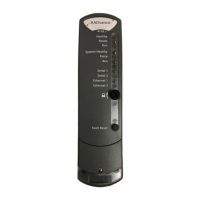
